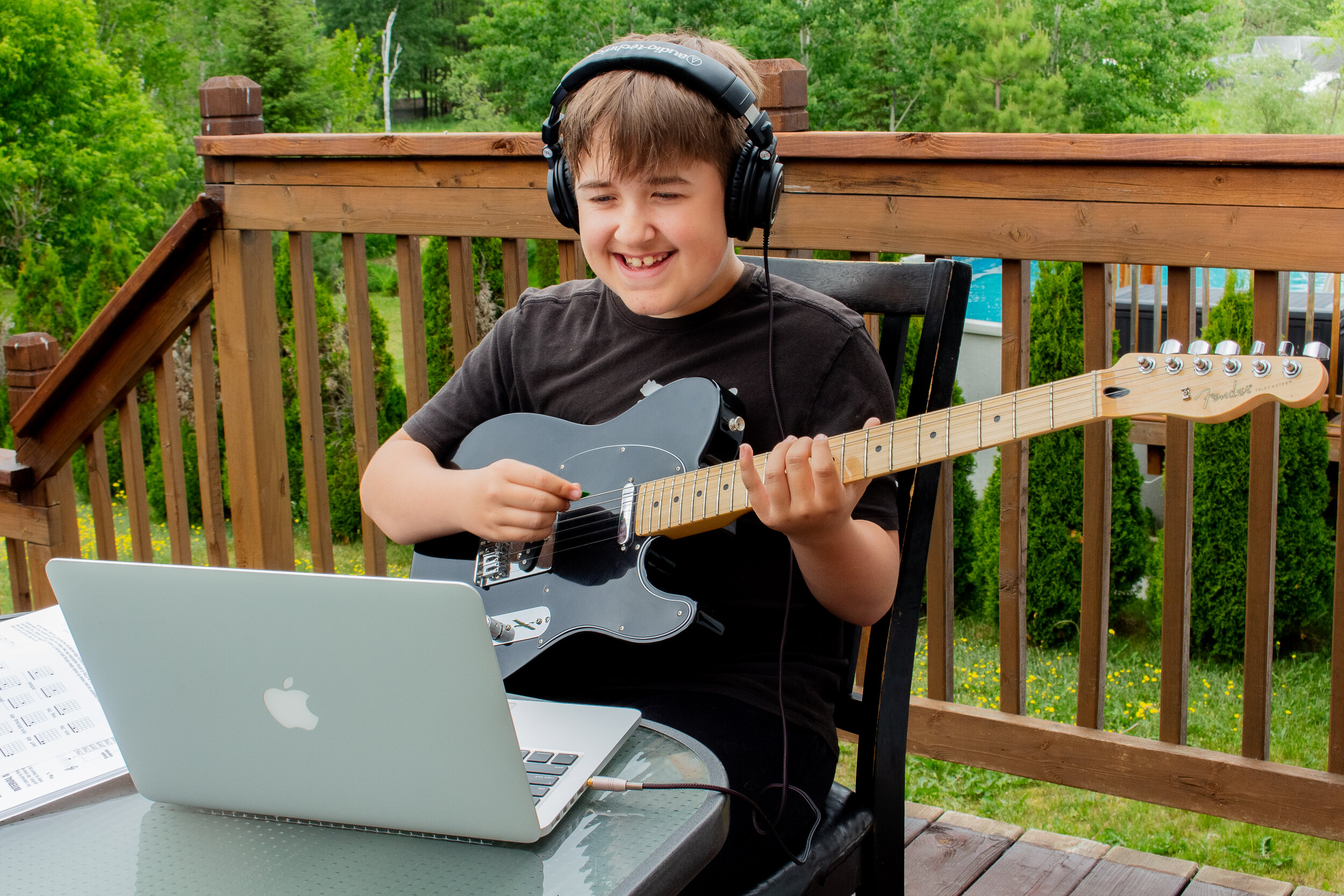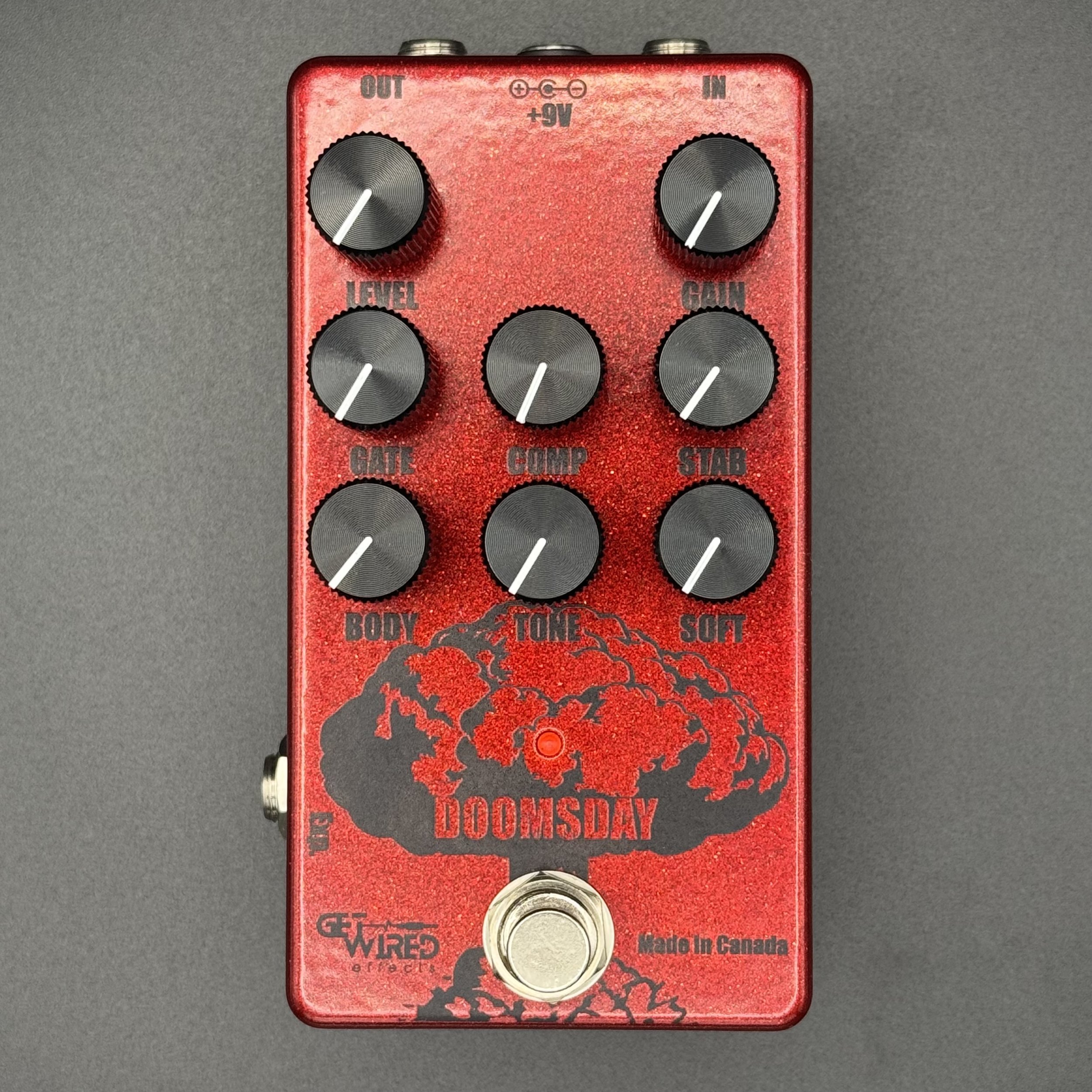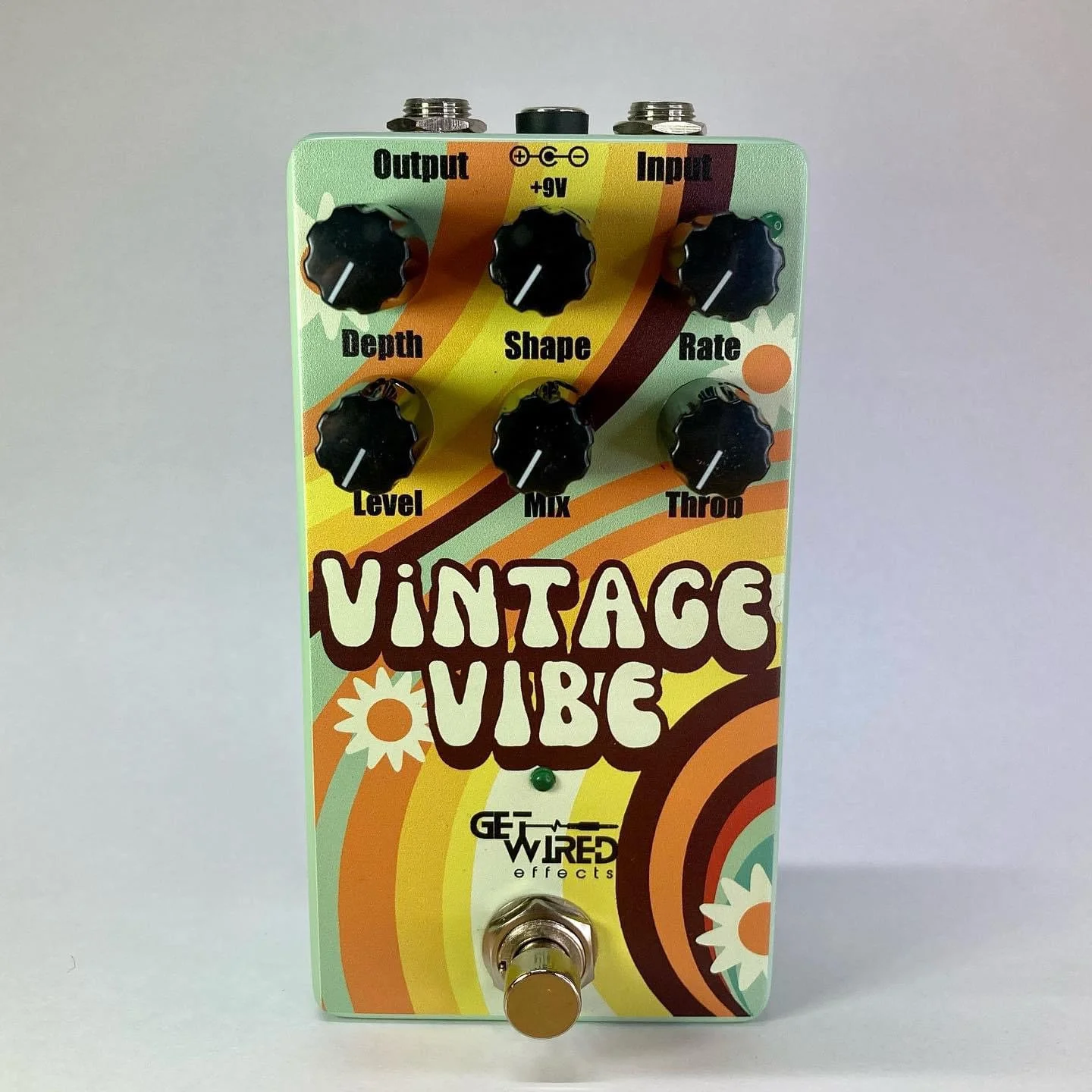
Core Collection
Engineered for Expression
Tremolite
A tremolo pedal like no other. Its key features include a toggle switch for harmonic and amplitude tremolo modes along with a slow/fast switch similar to that of the Waves, allowing the user to easily flip between two different speeds while playing. This gives the pedal an expression-pedal-like feel without the need for an actual expression pedal.
Game Over
1985 called and they want their NES sounds back!
This isn't just some musical "sidequest."
Set aside your game genie and recreate those Koopa-Troopa crushing sounds that the kid in you loved and distort your world back to the planet Zebes.
Drop your tuning and Deploy smart bombs as chord after chord leaves the sounds of devistation to alien invaders and fans alike.
The Game over "selects" you to "start" your epic journey and unlock the tones you've saved for a new adventure.
Waves
Wave after wave of dark icy waters…
Pushing and pulling with the tides.
Crashing into land… carried back out to sea…
Creating multitudes of waves.
Deep from the depths, a low warble emits…
A creature emerges
The waves start to rise…
The warble grows tighter
And the sirens begin their song.
Doomsday (Germanium)
A multitude of explosive sounds, blasting through doors, tearing down walls.
Bomb after bomb drops...
A roaring vibration, the feeling of impending doom.
An evil dissonance wreaking havoc.
The dust settles.
Static and a low rumble are heard.
It's Doomsday.
Time Dilation
Far beyond normal, beyond normal dimensions, dimensions. An infinite number, number of, infinite number of time-lines, time-lines exist and are ready, are ready to be manipulated, to be manipulated, becoming larger, larger and more open, and more open as each time-line, time-line is a seemingly, seemingly never-ending series of delightful repeats, delightful repeats.
Let time go. Manipulate the sound.
Repeat the feeling.
Comfort Drive 2
Shifting into high gear and cruising down an empty desert highway, the sun begins to set… the rumble of the engine compliments.
A cool calm over the horizon.
That old comfortable drive. That familiar adventure. A cascade of falling rocks, barrage a rocky desert highway.
Comfort Drive 2 compliments any amp by layering on the perfect amount of gain to let your guitar sign. You can lay back and relax on that smooth cushion of sustain.
Vintage Vibe
Remembering back to the smooth flow of days from a simpler time, when you would lay on your back in an open field and look up at the sky. In that moment you realize everything is a slow vibration swirling in and out of itself creating a vibe that keeps you whole and one with the universe. The sound of your sole intertwined with the beauty of life. The Vintage Vibe will bring you back.








